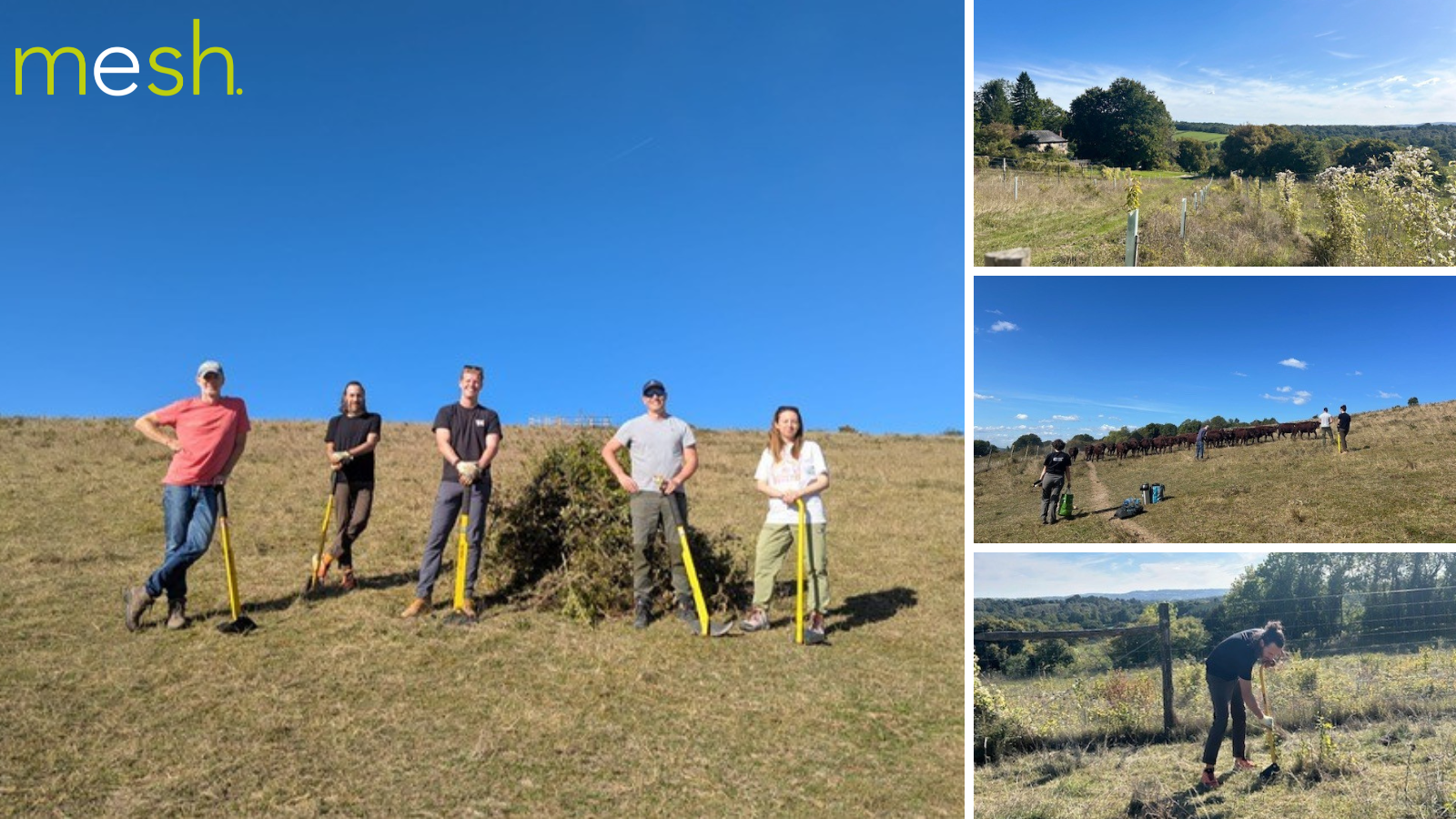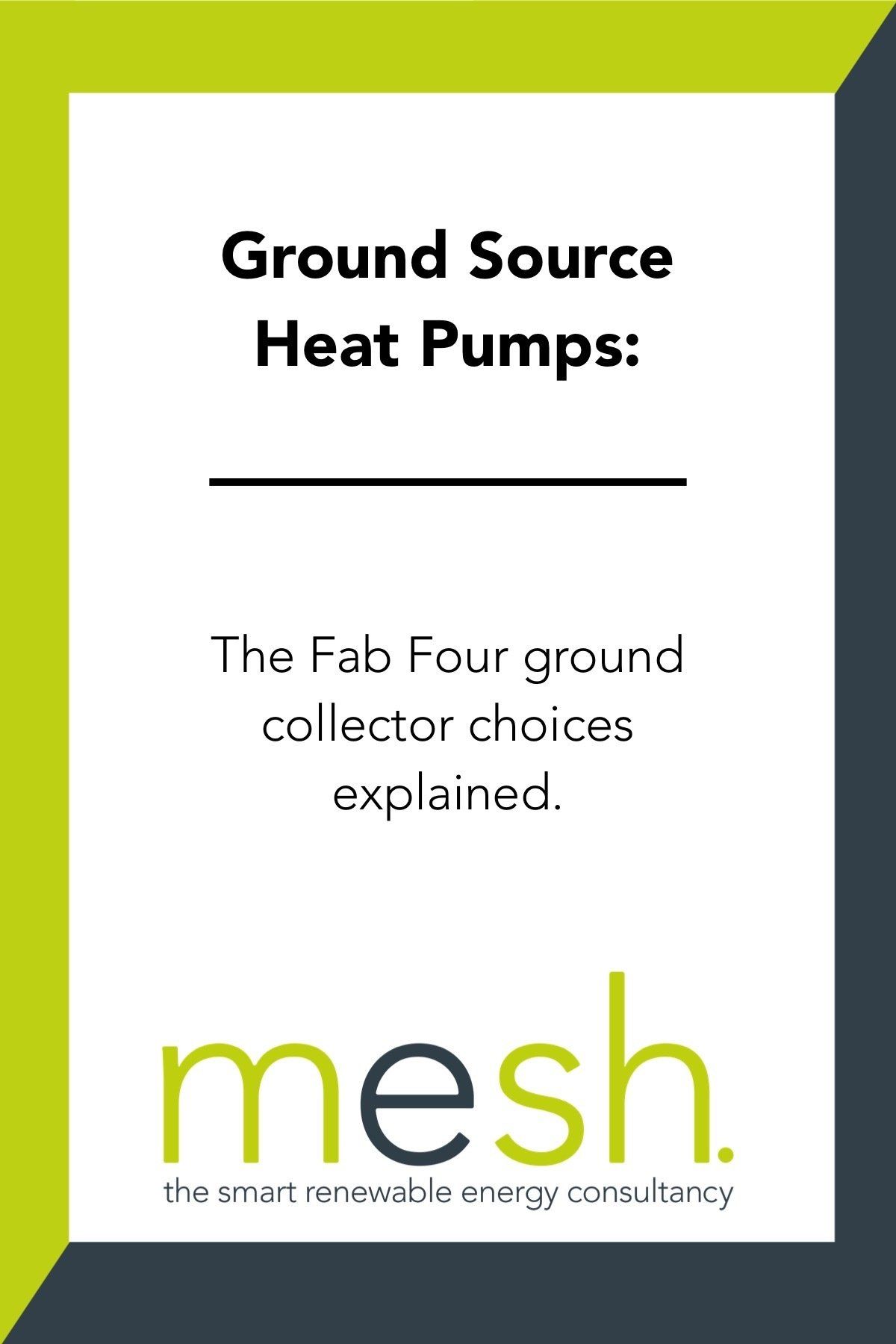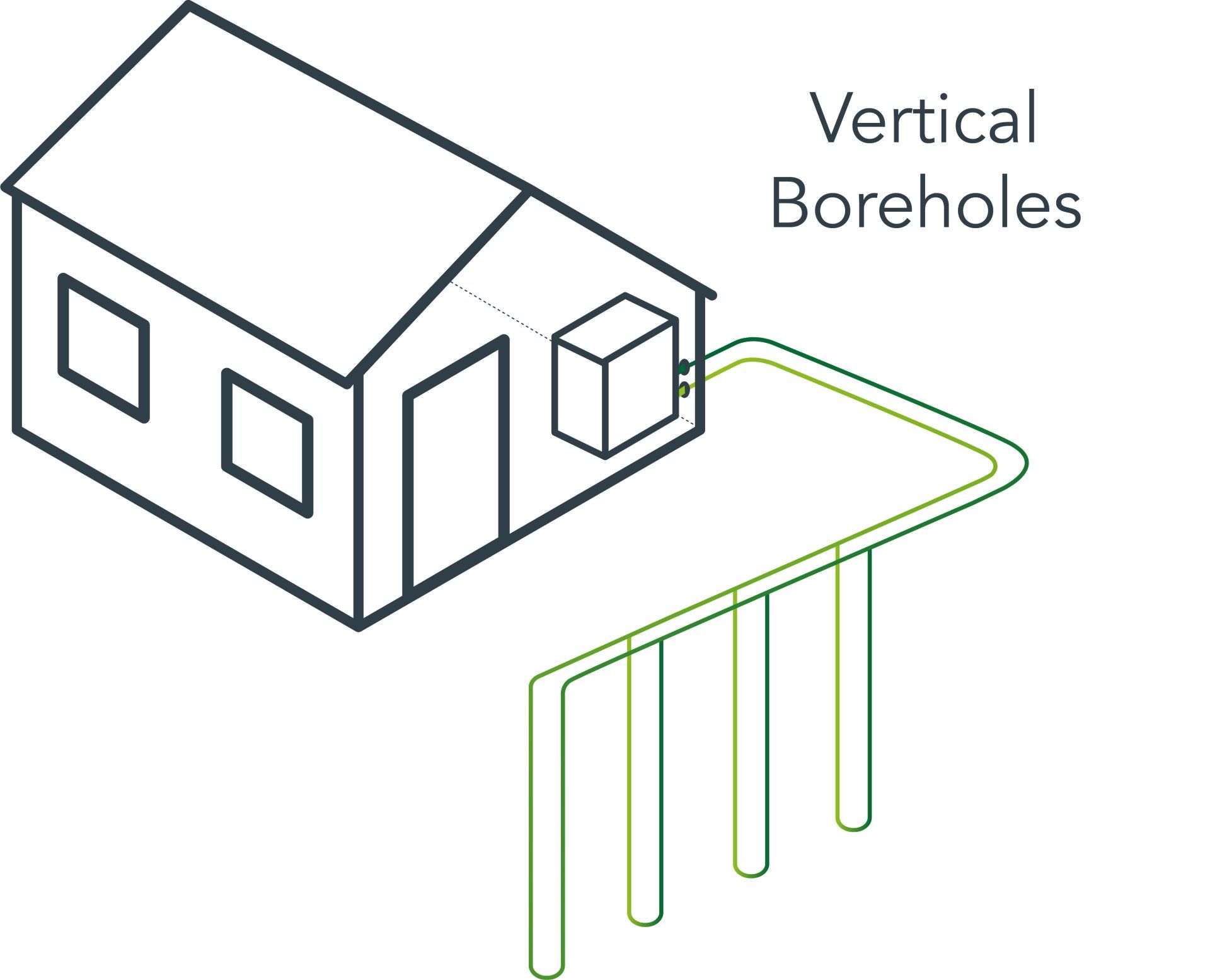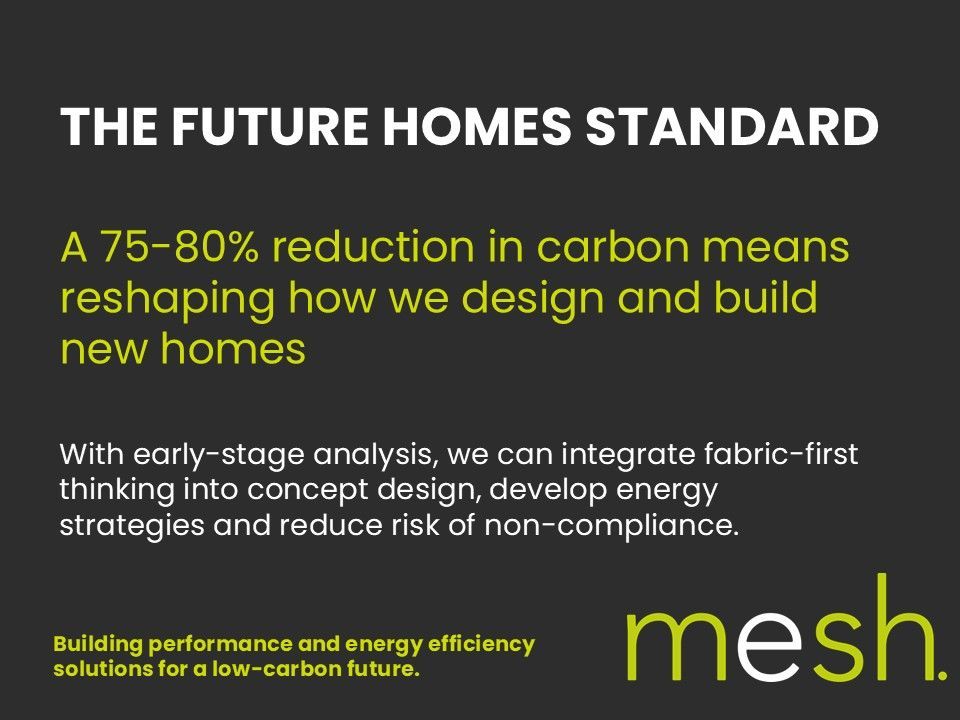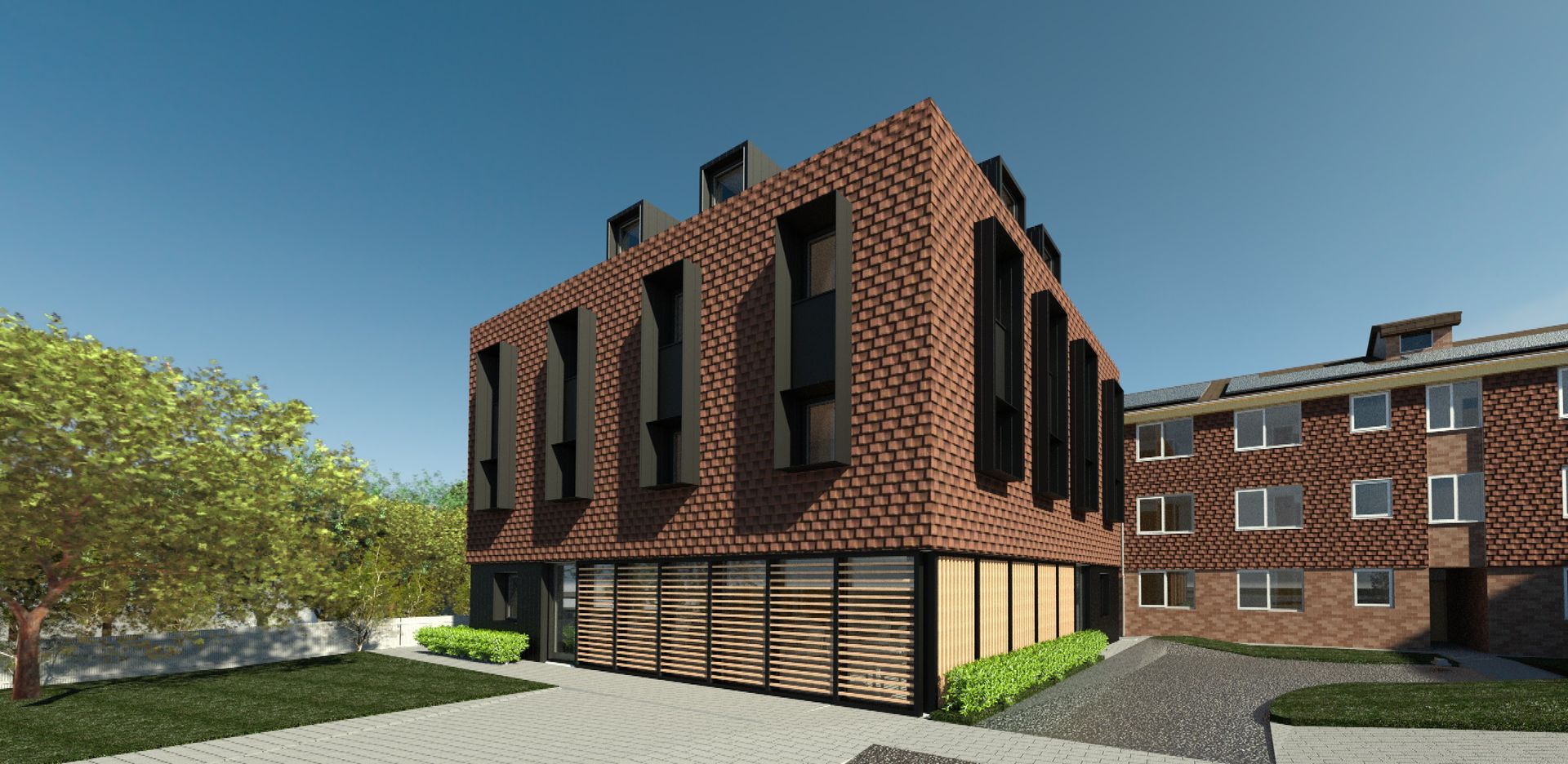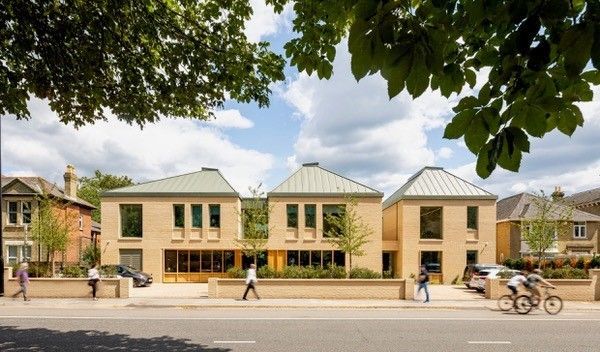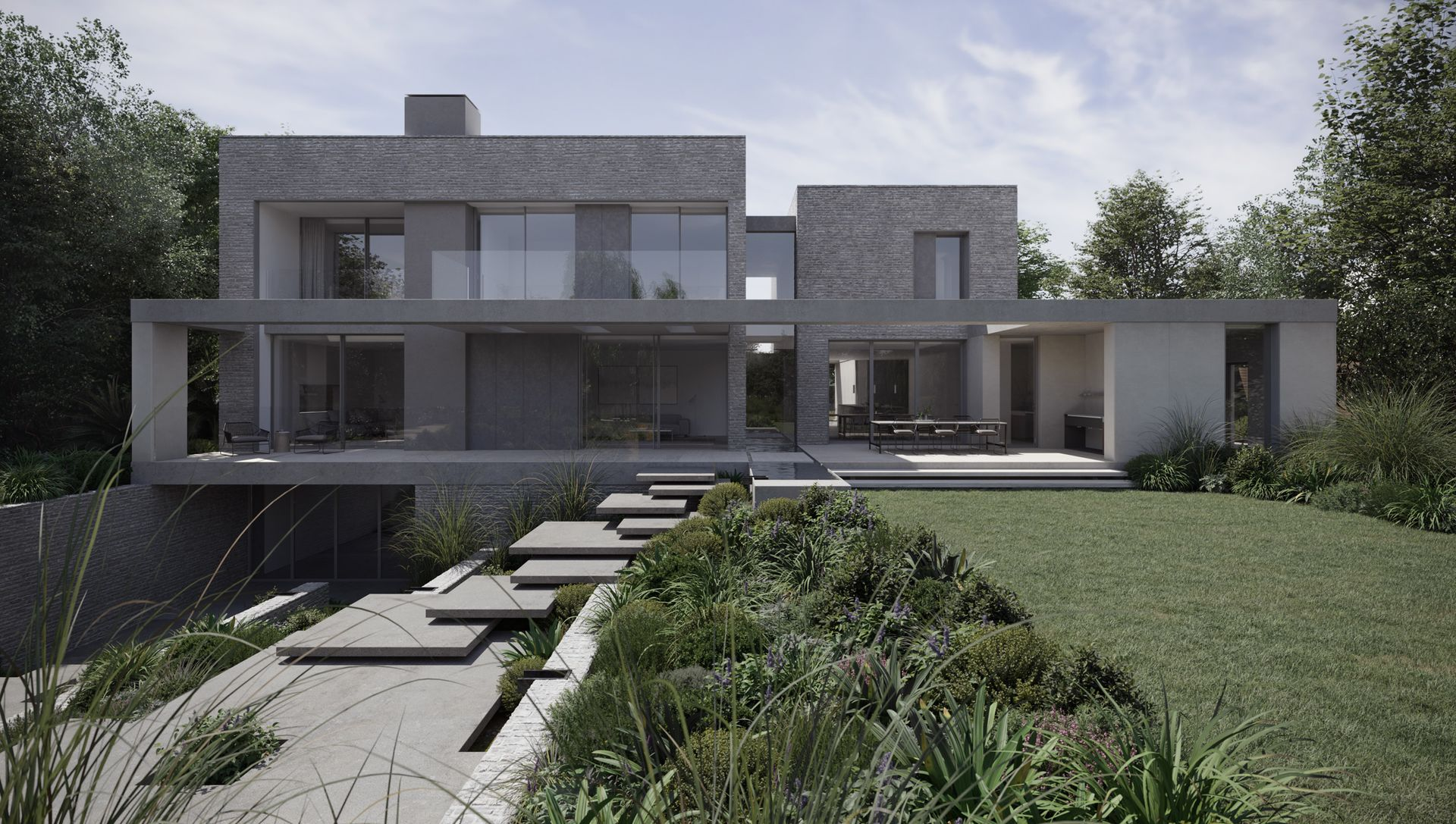Ground Source Heat Pumps: The 'Fab Four' ground collector choices explained
Ground source heat pumps are becoming increasingly popular. Whilst more expensive than traditional fossil fuel heating systems and their air source heat pump relatives, you can achieve some of the lowest running costs possible using this tried and tested technology. Extracting energy from the ground requires little maintenance once installed, but installation is a disruptive process.
To truly understand if there is a solution suitable for you - and before you dismiss this renewable technology because of the inevitable upheaval created - read this post to better understand the various methods and systems that can be used. There are a variety of ways to harvest energy from the ground in order to feed a ground source heat pump system with valuable natural energy. In this post, we cover the spectrum of options.
Horizontal Collectors
The most traditional of collector types, the horizontal collector consists of continuous lengths of plastic pipe between (25mm – 40mm diameter) being laid out in the bottom of an excavated hole or trench separated by a fixed distance. Imagine a large outdoor underfloor heating system buried in your garden! The pipes are often made from medium density or high density polyethylene plastic, laid around 1.2-1.5m below ground level and will last 50-100 years. Depending on the ground conditions and heat pump size the amount of buried pipe will vary.
As a rule of thumb, and assuming a loam soil, ground loops may occupy an area twice the size of the total floor area of the home to gather energy for the home all year round.
Slinkies are also used and fit into the horizontal collector group. They are made from a similar material to standard horizontal collectors and are often 20mm-25mm in diameter. Unlike standard collectors they come in a continuous coil that is placed in a 1.2m-1.5m deep trench, stretched out and then laid down (a bit like a flat slinky) and pinned in place. Instead of having equally spaced pipework there are many intersections in a single loop and for this reason are not preferred by some installers due to likelihood of premature ground freezing during winter.
The main advantages of slinkies are that they are quicker and easier to install than standard collectors. They also reduce ground works and take up less land space.
Either type of collector loops gather in a sunken plastic or masonry inspection chamber in which they are connected to a main flow and return manifold. This allows low grade heat to be gathered from a large area and yet only two pipes return from the manifold location to the plant room location where the heat pump is located.
Boreholes
For those with limited land available, a borehole solution could be beneficial. Boreholes use specialist drilling equipment to bore vertically down to depths of 200m in some cases. Into the 150mm diameter hole created by the drilling rig a loop of pipe is inserted and backfilled with a bentonite clay material that helps conduct heat from the surrounding earth to the pipework. Individual borehole ‘tails’ are connected up to a larger flow and return pipe system and then brought back to the plant room.
Energy in boreholes is absorbed from the surrounding ground but predominantly from water flowing through the various ground and rock strata (varying through the full borehole length) providing excellent year round performance.
Because the boreholes go down vertically and only need to be spaced apart by around 6m they consume very little space in order to harvest enough energy to heat the home. Boreholes can also be very effective for heating and cooling buildings using heat pump technology.
Energy piles / 'short' boreholes
To clear up any confusion here energy piles are sometimes discussed when talking about combining structural building piles and boreholes as described in the previous section. We are not talking about those.
The third solution here is a technological hybrid between horizontal collectors and boreholes in the form of the Helix Probe from Rehau. This system is very unique and uses pre-packaged pipe coils with a total coil diameter of around 500mm. An array of holes is drilled using an auger to only about 3m deep and the coils inserted and backfilled with earth. The tails are connected together and brought back to a manifold similar to that used by horizontal collectors. This system needs approximately 25-33% of the ground area required for horizontal collectors.
Energy Blades
The final solution worth mentioning is a panel system that can be used in water channels, ponds, lakes, mill races etc. Whilst technically a water source heat pump collection method it has been growing in popularity due to its compact form. Imagine a vertical stainless steel radiator (3m long by 500mm tall) that is connected to three others in a group 800mm wide. This installation can provide over 20kW of thermal energy in fast flowing water. Compared to the traditional horizontal collectors mentioned earlier in the blog that take massive areas to gather similar energy, this collector has its place in the product mix for sure.
As always you have a choice and there is bound to be a ground source heat pump collector solution for you if you would like to go down this route.
If you have any questions about ground source heat pumps, please don't hesitate to
contact the Mesh team today.
SHARE THIS POST WITH YOUR NETWORK


